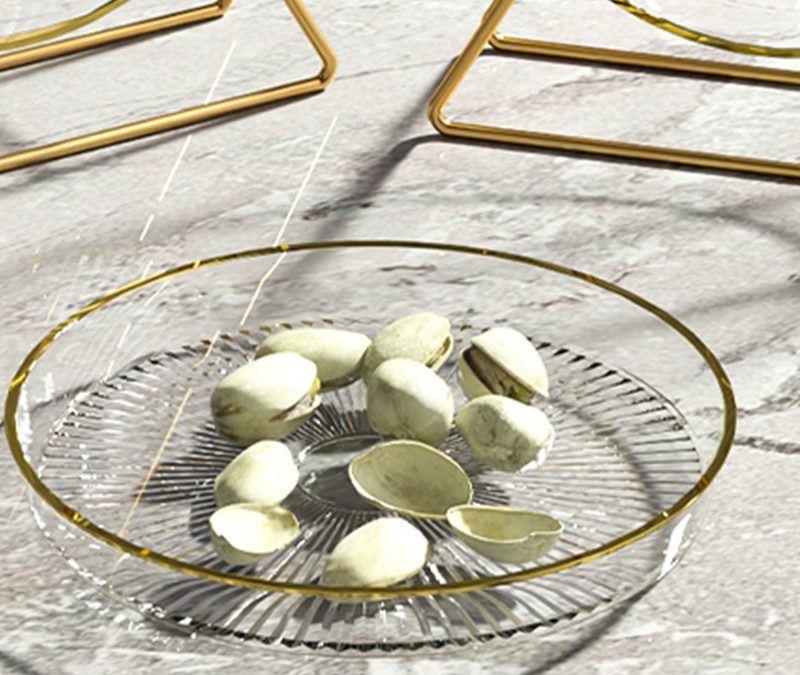- Contact us now!
- +86 18868944843
- been@thingegr.com
Possible hazards of ceramic tableware
The brighter the color of ceramic tableware, the more likely the heavy metals exceed the standard. The International Food Packaging Association today issued a consumer warning to remind consumers not to choose glazed ceramic tableware.
If the process of tableware that looks bright and beautiful is not up to standard, heavy metals will easily exceed the standard. The production methods of ceramic tableware are divided into overglaze color, underglaze color and underglaze color. Those with concave and convex feeling are called overglaze color; The surface is smooth, and there is no obvious concave-convex feeling in the hands; The underglaze color is painted and then glazed, so it is called underglaze color.
The main hazard in ceramic tableware comes from the heavy metals in it. These heavy metals come from the pigments on the glaze. In the process of ceramic production, adding lead in the glaze and adding lead and cadmium in the pigments can make the glaze uniform and bright. Some enterprises’ production processes do not control lead and cadmium enough, which easily lead to lead and cadmium exceeding the standard. When consumers buy, they can always see the colorful ceramic tableware with gold edge and silver edge. In fact, these gold edge and silver edge are heavy metals such as lead, chromium, mercury, radium, etc.
Do not choose ceramic tableware with glaze decoration, especially those with color decoration on the contact surface with food. If the glaze can be scraped off with a nail when purchasing, it is likely to be a poor product with excessive heavy metals. Therefore, white porcelain tableware should be selected as far as possible. The purchased ceramic tableware should be boiled in boiling water for 5 minutes or soaked in vinegar for 2 to 3 hours, which can remove most toxic substances and reduce the potential harm of ceramics to human body.







